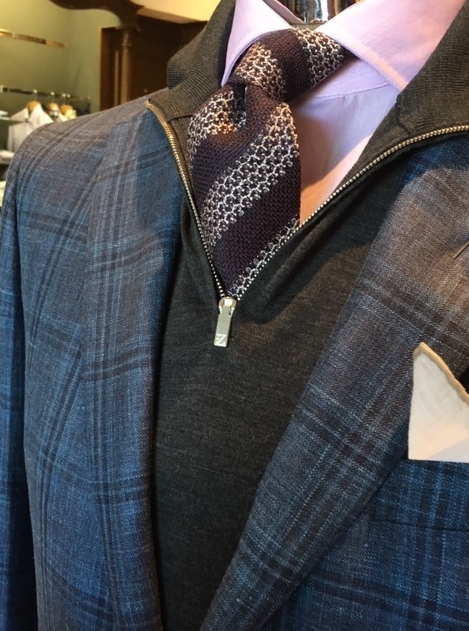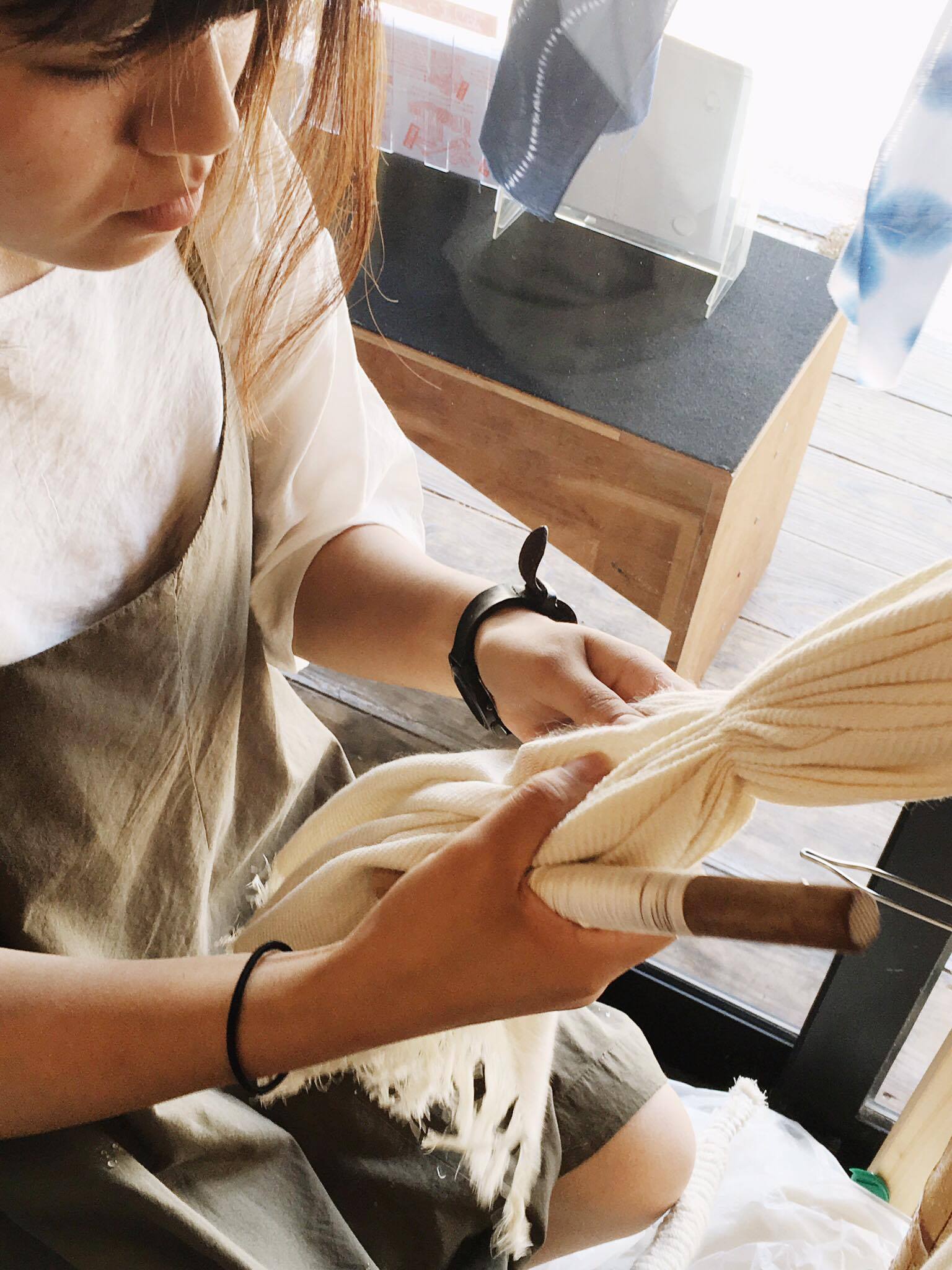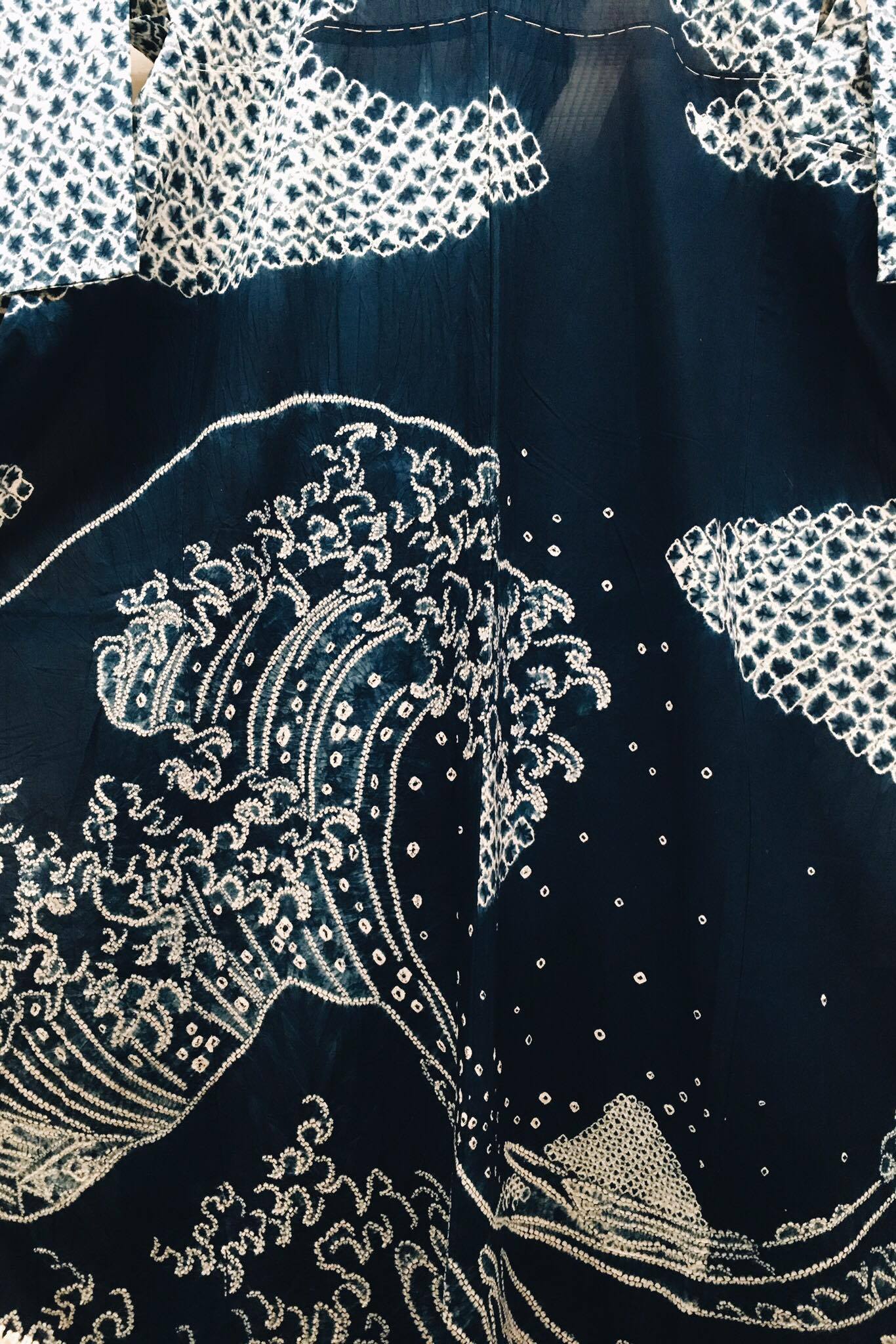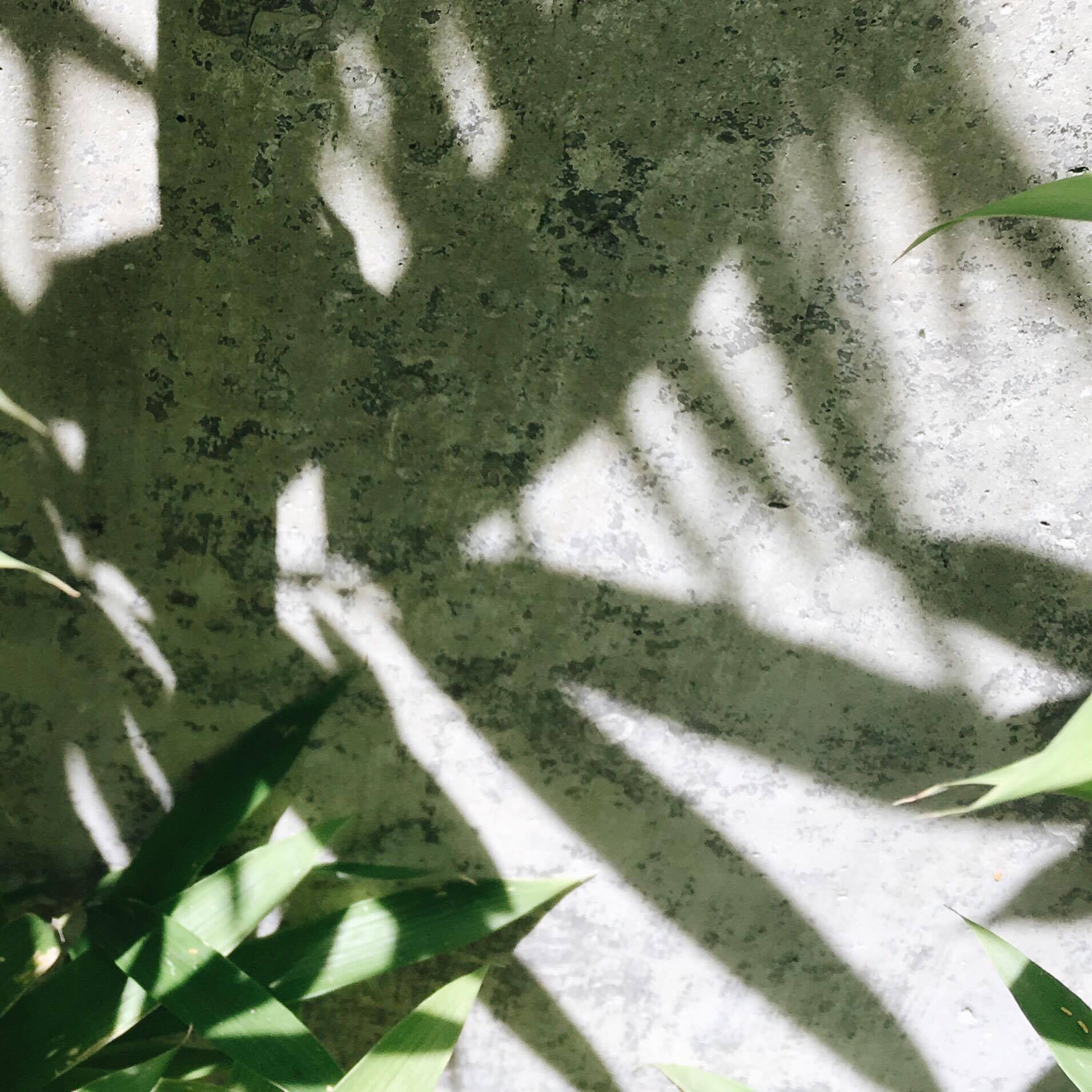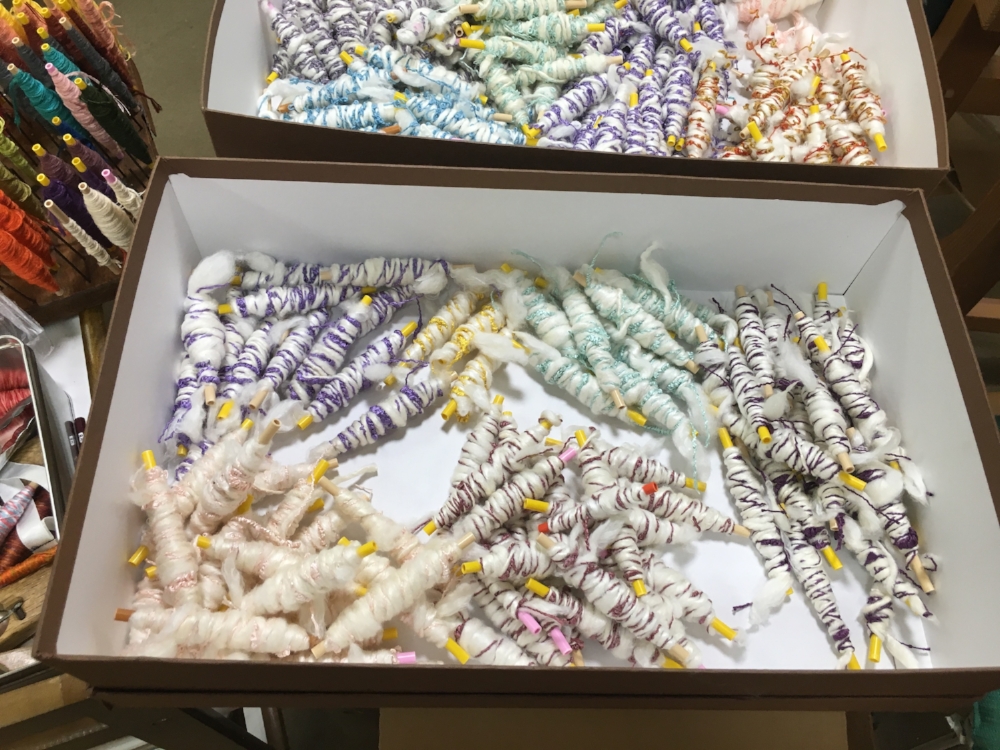Labor Day is always the first Monday in September and was the idea of Peter J. Maguire. Some more recent research says it may be his brother's Matthew's idea but it is not entirely certain. Peter was a labor union leader who in 1882 proposed a celebration honoring the American worker. The founders were looking for two things: a means of unifying union workers and a reduction in work time.
The organizers of the first Labor Day wanted to create an event that brought different types of workers together to meet each other and recognize their common interests. However, no government or company at that time recognized the first Monday in September as a day off. The issue was temporarily solved by declaring a one day strike in the city. All striking workers were then expected to march in a parade, eat and drink the rest of the day. The New York Tribune's reporter who covered the event felt the entire day was one long political barbecue, with “rather dull speeches.”
The date chosen was simply “convenient,” according to Maguire, because it was midway between Fourth of July and Thanksgiving. Although the day’s focus on organized labor has diminished over the years with the decline of manufacturing jobs and workers, the holiday has become a way to mark the end of the summer season and the start of the school year.
Faburiq recognizes the importance of this day for two reasons. Our small team consists of the small but skilled textile workforce in New England area; and our mission to create accessories that not only serve as complements to your wardrobe but with a "dress for success" style and attitude in mind. From the humble beginnings of the average manufacturing worker to the guy in the suit. Labor Day has come a long way and is something worth celebrating for.
Author: Aruña Chong Quiroga
Ref: The Conversation: "Have we forgotten the true meaning of Labor Day? It’s not about the end of summer" by Jay L. Zagorsky




